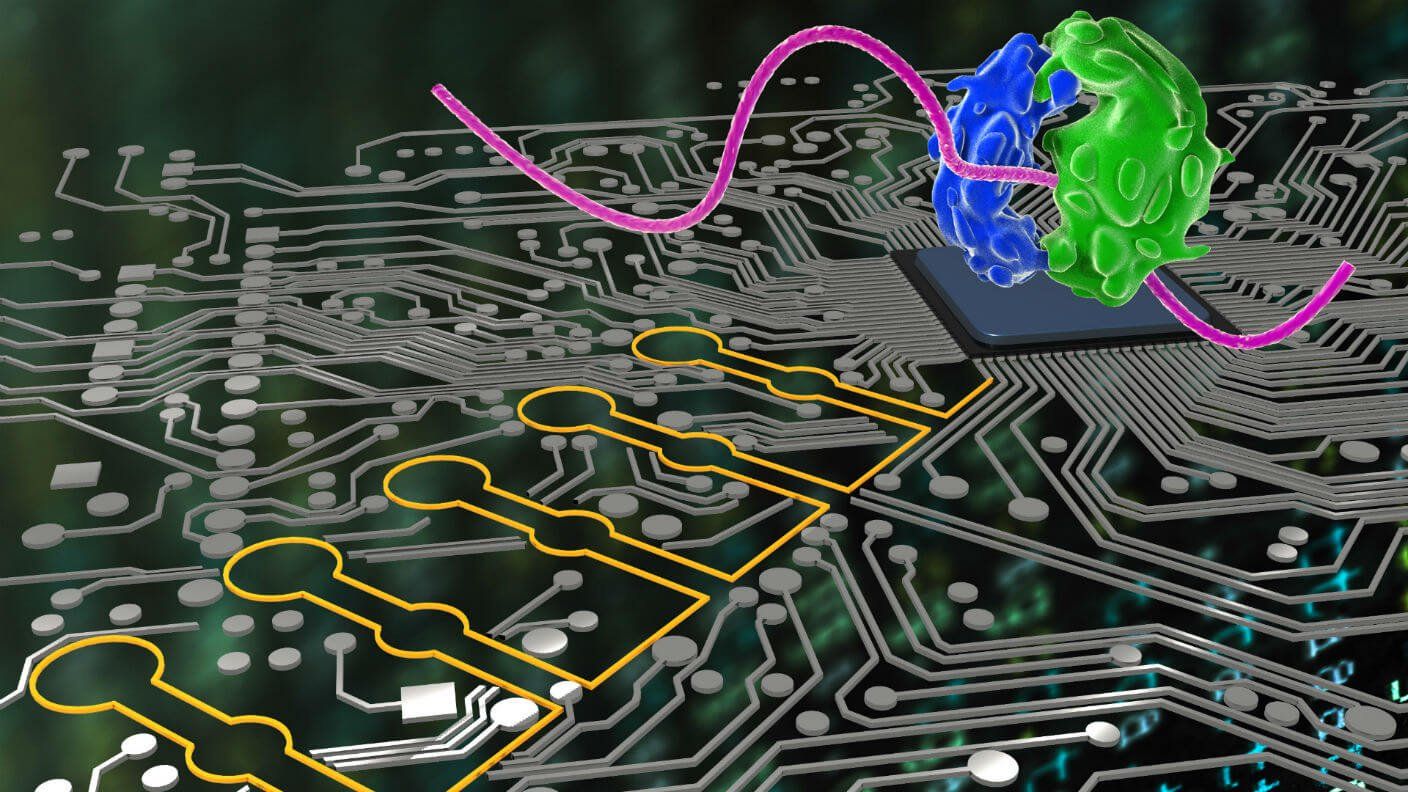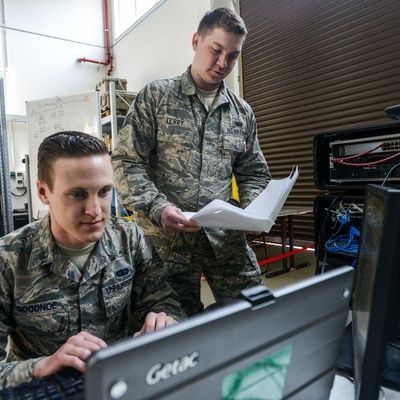Archive for the ‘computing’ category: Page 655
Aug 8, 2017
Here Are Some New Ideas for Fighting Botnets
Posted by John Gallagher in categories: computing, government
It’s a tricky problem, so solutions have to be carefully thought out.
Federal agencies face a thorny path as they try to step up the government’s fight against armies of infected computers and connected devices known as botnets, responses to a government information request reveal.
Industry, academic and think tank commenters all agreed more should be done to combat the zombie computer armies that digital ne’er-do-wells frequently hire to force adversaries offline.
Continue reading “Here Are Some New Ideas for Fighting Botnets” »
Aug 7, 2017
Brain Computer Interface — Neural Lace
Posted by Shailesh Prasad in categories: computing, neuroscience

Aug 7, 2017
Microchipping Humans: First They Traded Freedom for Security, Now It’s Privacy for Convenience
Posted by John Gallagher in categories: computing, security
RFID microchipping is in the news again, this time as employees volunteer for implants — but the chips’ convenience lures before the impact on rights…
Aug 3, 2017
This company held a “chip party” to implant their employees with microchips
Posted by John Gallagher in categories: computing, surveillance
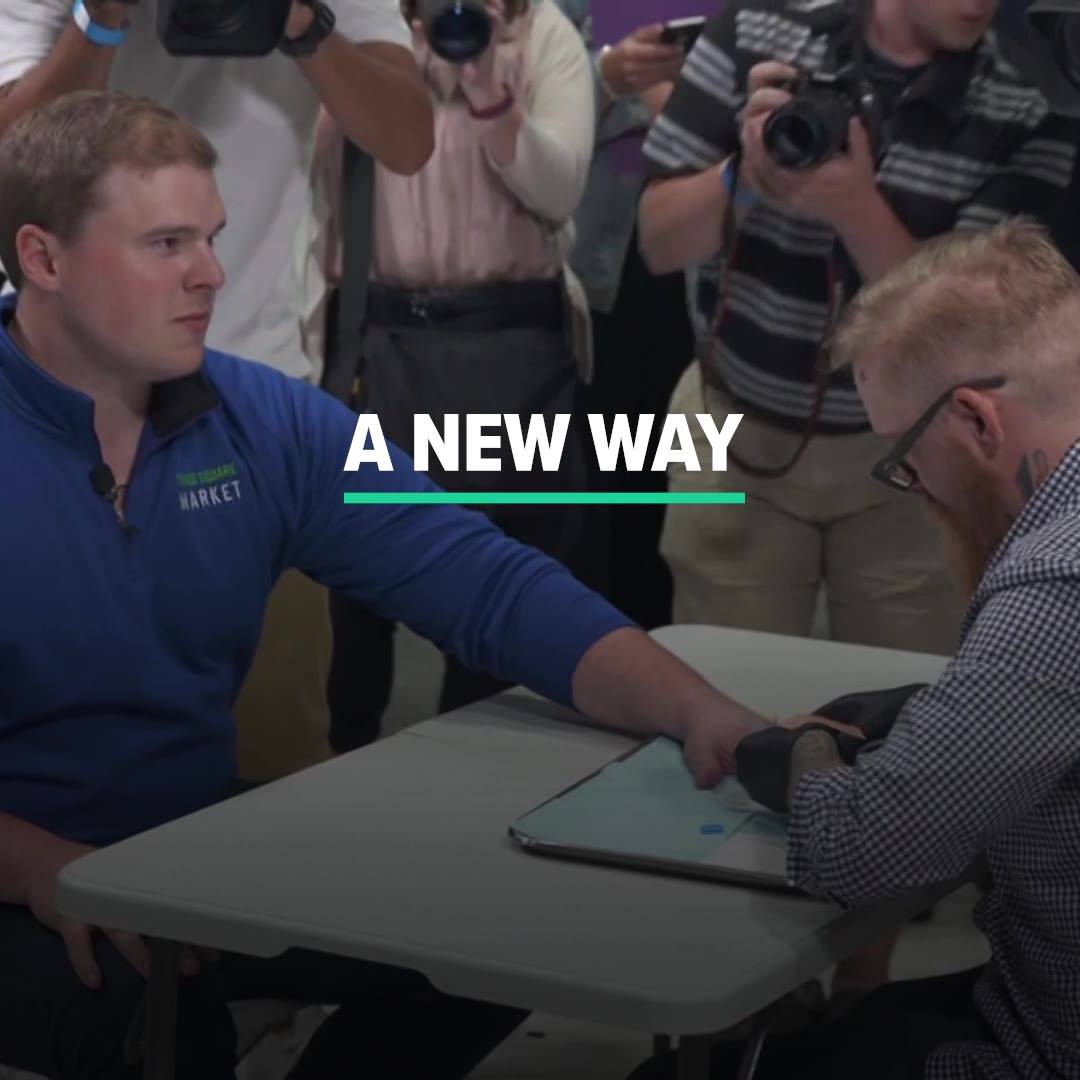
Aug 2, 2017
A living programmable biocomputing device based on RNA
Posted by Sean Brazell in categories: biotech/medical, computing, engineering, nanotechnology, sustainability
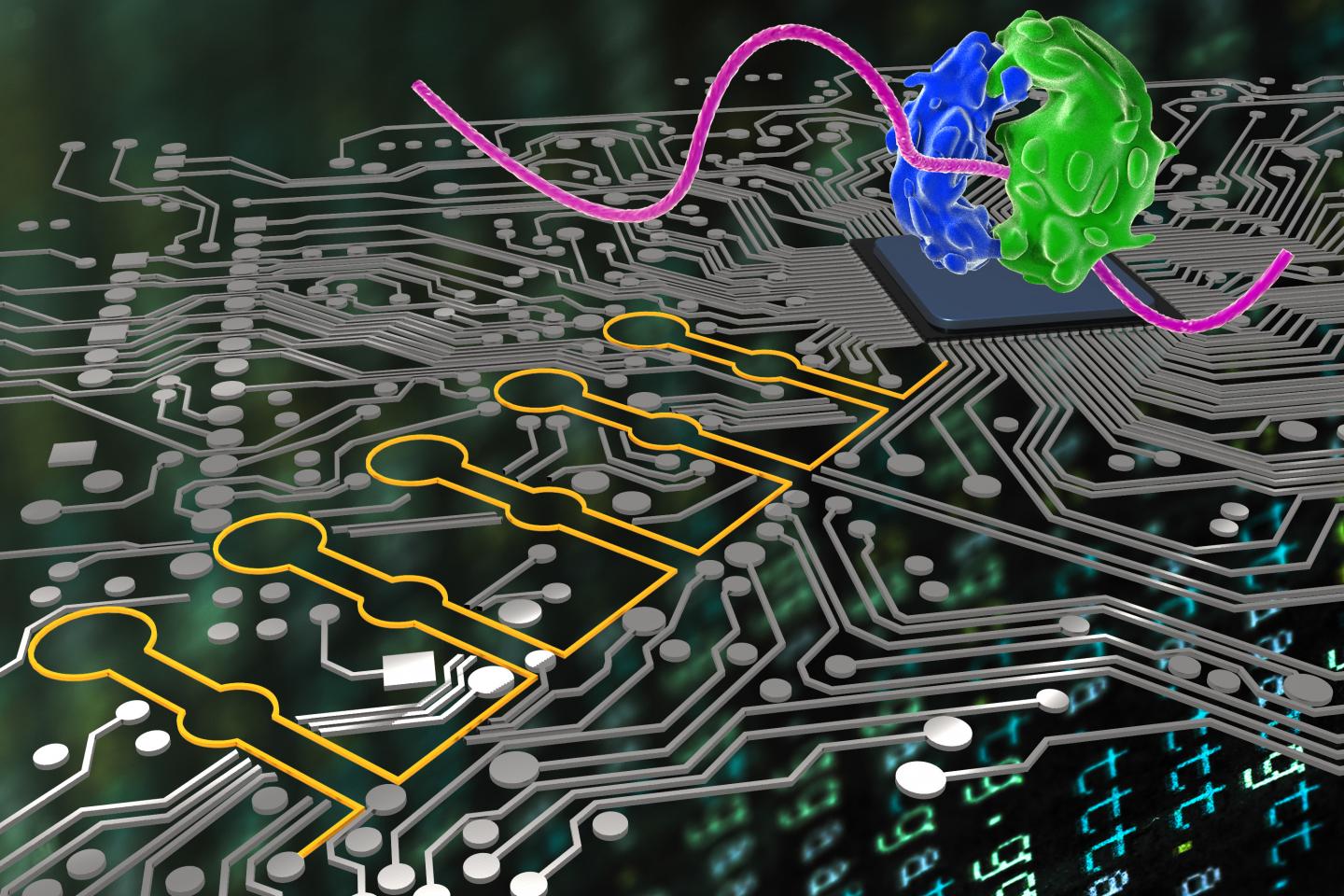

Synthetic biologists at Harvard’s Wyss Institute for Biologically Inspired Engineering and associates have developed a living programmable “ribocomputing” device based on networks of precisely designed, self-assembling synthetic RNAs (ribonucleic acid). The RNAs can sense multiple biosignals and make logical decisions to control protein production with high precision.
Continue reading “A living programmable biocomputing device based on RNA” »
Aug 2, 2017
IBM Announces Record Breaking New Data Storage Device
Posted by Shane Hinshaw in categories: computing, health
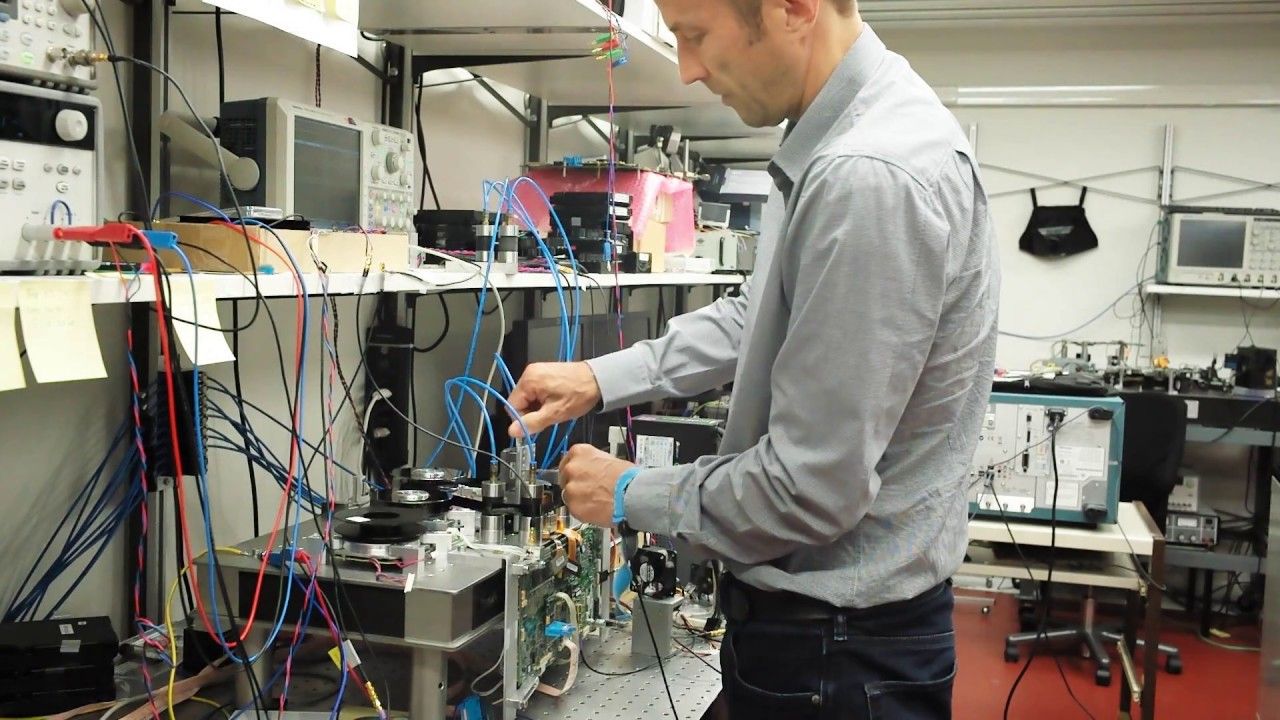
IBM and Sony have successfully developed a magnetic tape storage cartridge capable of containing more than 300 terabytes of data. This device, which comes in the smallest format there is, could revolutionize data storage even in cloud platforms.
Magnetic tape drives have been around for more than six decades now. It’s commercial use has been mostly for storing data, such as tax documents and health care records, from mainframe computers. From the first 2-megabyte tape drives in the 1950s, today’s versions are now capable of storing up to 15 terabytes. IBM has been pushing it further.
Continue reading “IBM Announces Record Breaking New Data Storage Device” »
Aug 2, 2017
IBM scientists have captured 330TB of uncompressed data into a tiny cartridge
Posted by Shailesh Prasad in categories: computing, health
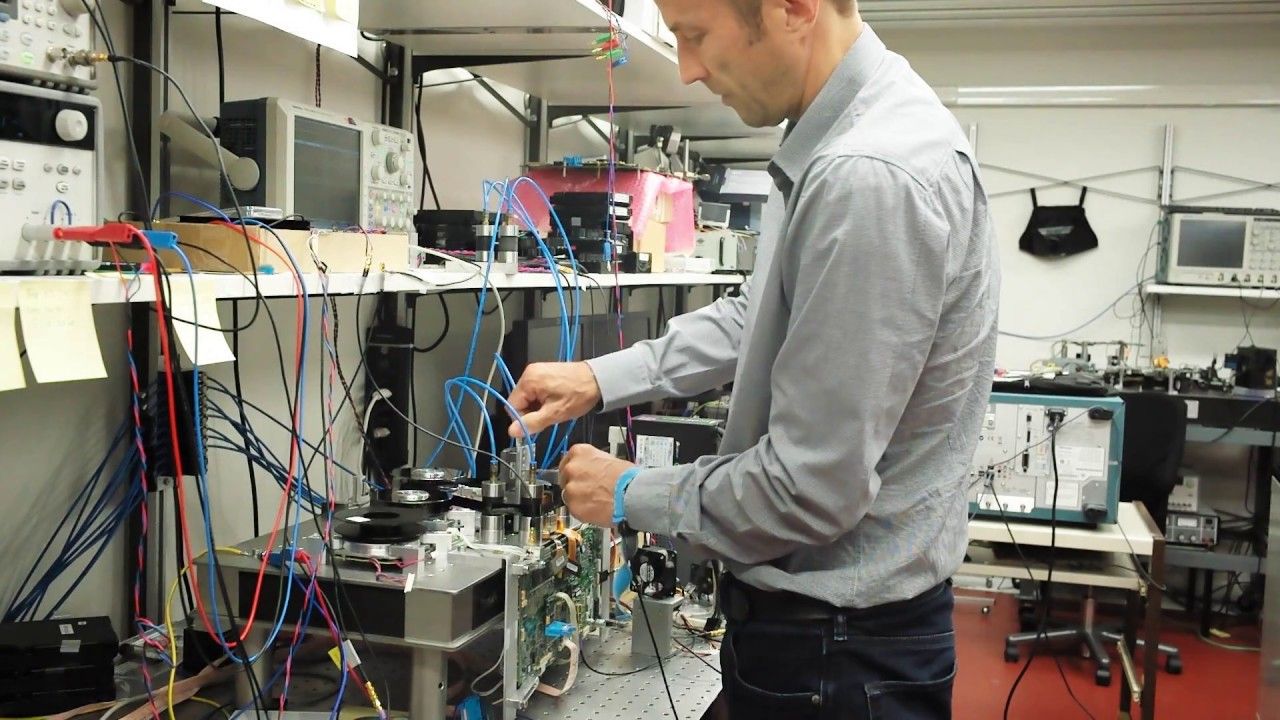
In a new world record, scientists at IBM have captured 330 terabytes of uncompressed data, or the equivalent of 330 million books, into a cartridge that can fit into the palm of your hand. The record of 201 gigabits per square inch on prototype sputtered magnetic tape is more than 20 times the areal density currently used in commercial tape drives. Areal recording density is the amount of information that can be stored on a given area of surface.
Tape drives were invented over 60 years ago and were traditionally used for archiving tax documents and health care records. IBM’s first tape unit used reels of half-inch-wide tape that could only hold about 2 megabytes.
Continue reading “IBM scientists have captured 330TB of uncompressed data into a tiny cartridge” »
Aug 2, 2017
World’s lamest cyborg? My microchip isn’t cool now – but it could be the future
Posted by Zoltan Istvan in categories: computing, cyborgs
Olivia Solon felt more key fob than Robocop after getting implanted with a microchip to make contactless purchases. But the future could hold much more.
Aug 1, 2017
Professor George Church – Turning Back Time to End Age-related Diseases
Posted by Steve Hill in categories: bioengineering, biotech/medical, computing, genetics, life extension, neuroscience
Many of you will likely already know who Professor George Church is and that he is an important and senior member of the research community engaged in treating the aging processes to prevent or reverse age-related diseases, not to mention all kinds of other applications for genetic engineering. For those who are not familiar with him a short bio follows.
George Church is a professor at Harvard & MIT, the co-author of over 425 papers, 95 patent publications and the book Regenesis. He developed the methods used for the first genome sequence back in 1994 and he was instrumental in reducing the costs since then using next generation sequencing and nanopores plus barcoding, DNA assembly from chips, genome editing, writing and re-coding.
He co-initiated the Genome projects in 1984 and 2005 to create and interpret the world’s only open-access personal precision medicine datasets. He was also involved in launching the BRAIN Initiative in 2011.
